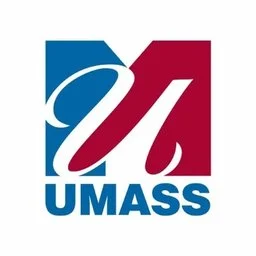NURS 6050 Politics and Patient Protection and Affordable Care Act Example 1
NURS 6050 Politics and Patient Protection and Affordable Care Act Example 1
A causal relationship exists between politics and health. In a surficial explanation, better politics leads to better health care services. Towards the election in the United States, potential legislators develop enticing manifestos to use as competitive advantage. Some of the areas often covered include goals to better the existing health care system through the introduction of policies.
For example, the greatest health care achievement during President Obama’s Administration is the implementation of the Affordable Care Act of 2010 (Kominski, Nonzee & Sorensen, 2018). However, due to political idiosyncrasies, there have been tremendous attempts to repeal the ACA during President Trump’s Administration. The purpose of this writing is to address the efforts to repeal the ACA and how the cost-benefit analysis and voters’ views affect the process.
Efforts to Repeal the Affordable Care Act
Prior to the Obama Administration, US citizens and limited access to health care and most were uninsured. As such, President Obama considered it wise to develop a policy that would increase health insurance coverage. The birth of the ACA therefore ensued in an attempt to increase coverage, access, and improve health outcomes particularly to low-socioeconomic groups (Kominski et al., 2018). Despite President Obama’s efforts, his successor President Donald Trump, considers the ACA objectives as futile and has attempted to sabotage it in various ways.
Even though his repeal attempts have been largely unsuccessful, some of the sabotage initiatives that emerged from a congregational failure to repeal the ACA include the following: reduced outreach and enrollment opportunities for ACA, cutting ACA subsidies to insurance companies that offer coverage, and expansion of cheap insurance coverage that do not meet the quality standards (Willison & Singer, 2017). Noteworthy is that the sabotage plans have significantly eroded the ACA program gains.
Who Benefits the most
The intent of developing a policy is to improve outcomes in a specific population. For example, following ACA implementation, over 20-million American citizens who were previously uninsured received health coverage (Kominski et al., 2018). This therefore means that the American citizens benefitted the most. However, this might not be the case in all policy implementation.
For instance, the attempts to repeal ACA would mean that more than 20-million people could lose their health insurance coverage. Further, the insurance companies would lose big following the sabotage initiative to cut the ACA subsidies to insurance companies that offer coverage on the exchanges. Thus, while it is the US citizens that reap the most benefits, they are also the most likely group to feel the greatest impact in case a policy implementation fails or gets sabotaged.
Effect of Cost-benefit Analysis on the ACA Repeal Efforts
Buettgens, et al. (2016) conducted a comprehensive cost-analysis review on the cost of ACA repeal and established that the repeal would reduce the federal government’s medical expenditure for the nonelderly population. The reduction was projected to be by $90.0 Billion in 2021 and $927 Billion between 2017 and 2026 (Buettgens et al., 2016).
However, the reduction would come at a cost in various areas, among them, a rise in uninsured population to 24 million by 2021, 14.5 million fewer individuals with Medicaid insurance in 2021, increased state spending by $68.5 Billion between 2017 and 2026, and less health care to low- or moderate-income families. Weighing the benefits and shortfalls, the reports depict that the repeal of ACA is associated with increased negative financial and health repercussions. This therefore informs the resilience of ACA to date.
Order Now






